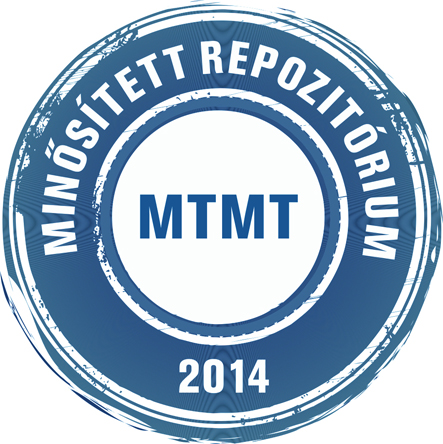Szabados György: „Termékeny bizonytalanság" : észrevételek a „kettős honfoglalás" elméletéről. In: Acta Universitatis Szegediensis : acta historica, (138). pp. 3-15. (2015)
Előnézet |
Cikk, tanulmány, mű
historica_138_003-015.pdf Letöltés (677kB) | Előnézet |
Absztrakt (kivonat)
The theory of the „double conquest" is an often discussed scientific conception on the early Hungárián history. The most famous scholar who represented this theory was Gyula László. According to this conception the conquering Hungarians found Hungarian-speaking ethnic groups in the Carpathian Basin who were the descendants of the first Hungárián conquest.and they could be called „Onogur-Hungarians". This first Hungárián immigration could have happened during the 670s, two centuries before the „real" conquest. The aim of this paper is to measure the probability of the Hungárián „double conquest" from historical and linguistical aspects. On one hand the lack of linguistic sources does not let us assert any certainity: neider to prove nor to refute. On the other hand the written sources keep this theory alive. The Avar Khaganate ruled the Carpathian Basin between 568 and cca. 822, and during this period two considerable immigration happened from the steppe. The first „uar and khunni" group were probably Kutrigurs and Sabirs (cca. 595), and later (cca. 670) came the Onogurs. The fali of the Avar Empire did not mean the extinction of the „Avar" ethnic community. Using the written sources we can demonstrate the surviving „Avar" groups from three different regions. The first of them called „Huns" were baptized cca. 863 and lived in Pannónia under Frankish rule 870-871. The second community remained independent and these Avars lived in the plains (889). The third group settled amongst the Croats and their Avar-like features were identified even in the middle of the lOth century. Moreover a charter by a Frankish Ruler in 860 contains the term „bordér of Wangars" (Onogurs) to identify somé hills in Pannónia. These circumstances make possible that under the name of Onogurs - or even other steppe-groups - Hungarians came into the Carpathian Basin during the era of the Avar Empire.
| Mű típusa: | Cikk, tanulmány, mű |
|---|---|
| Befoglaló folyóirat/kiadvány címe: | Acta Universitatis Szegediensis : acta historica |
| Dátum: | 2015 |
| Kötet: | 138 |
| ISSN: | 0324-6965 |
| Oldalak: | pp. 3-15 |
| Nyelv: | magyar |
| Befoglaló mű URL: | http://acta.bibl.u-szeged.hu/37171/ |
| Kulcsszavak: | Kettős honfoglalás elmélet |
| Megjegyzések: | Bibliogr. a lábjegyzetekben |
| Feltöltés dátuma: | 2016. okt. 17. 10:36 |
| Utolsó módosítás: | 2021. feb. 26. 09:10 |
| URI: | http://acta.bibl.u-szeged.hu/id/eprint/36577 |
 |
Tétel nézet |



